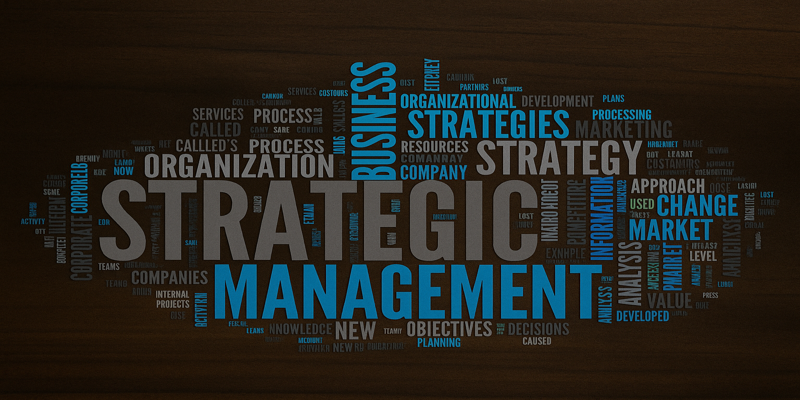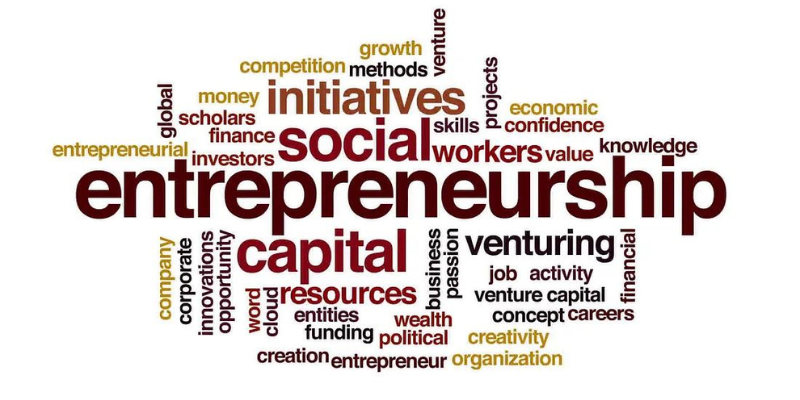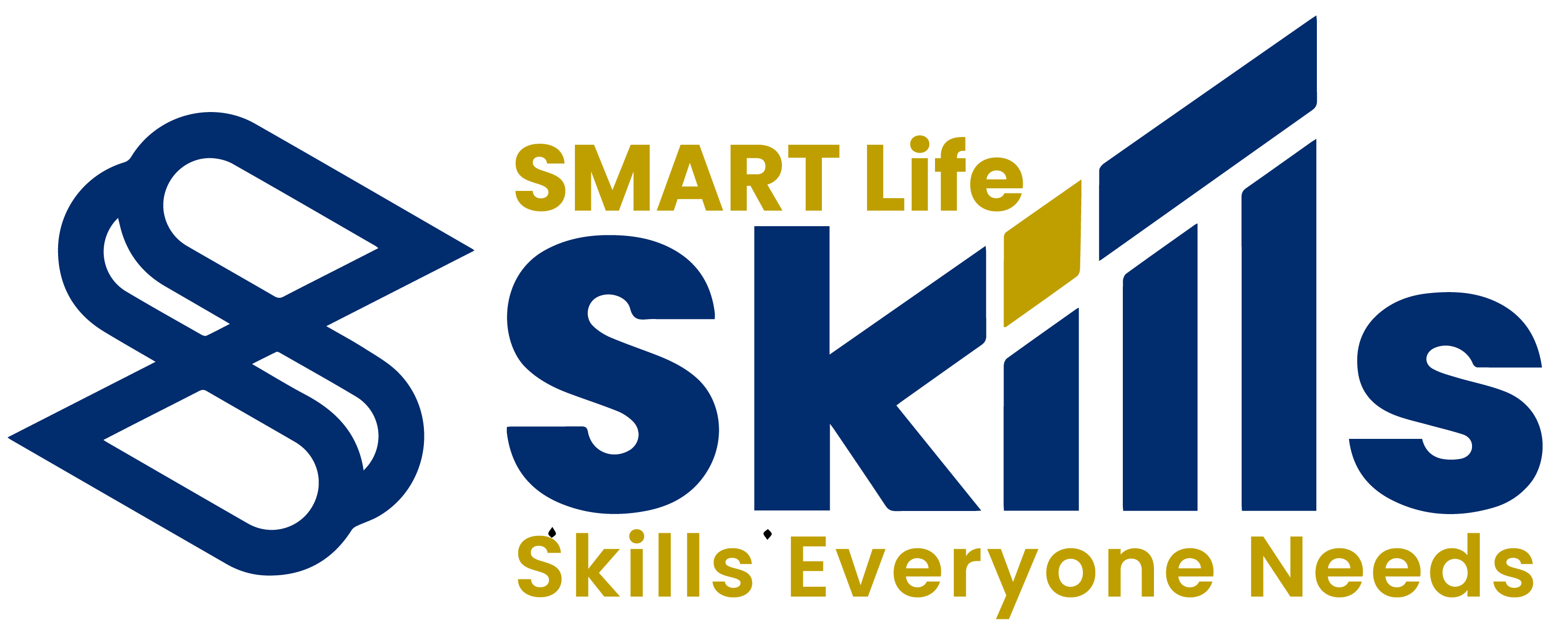Consumer Behaviour: Customer Preferences and Decision-Making Explained
Customer service is a critical component of organisational success, encompassing strategies, skills, and practices designed to understand and meet the evolving needs of customers. It involves building meaningful relationships, enhancing customer experiences, and ensuring long-term satisfaction. As Solomon (2019) highlights, the field of customer service draws on interdisciplinary knowledge, including psychology, management, technology, and communication. By aligning with customer expectations, businesses can strengthen loyalty, gain a competitive advantage, and ensure sustainability. This article explores ten key areas of customer service, integrating insights from textbooks, journal articles, and reputable sources. 1.0 Customer Behaviour and Psychology Understanding customer behaviour and psychology is central to anticipating needs and shaping customer experiences. Consumer behaviour theories emphasise how perceptions, motivations, and decision-making processes influence purchasing actions (Solomon, 2019). For example, Maslow’s hierarchy of needs is often applied in customer service to identify whether customers are motivated by basic functionality, social belonging, or self-actualisation. Retailers like Amazon exemplify this by using behavioural data to predict preferences and personalise shopping experiences. By studying customers’ purchase histories and browsing patterns, Amazon can recommend products that align with psychological needs, enhancing satisfaction and repeat purchases. 2.0 Customer Relationship Management (CRM) Customer Relationship Management (CRM) combines technology and strategy to manage interactions across the customer journey. As Peppers and Rogers (2016) note, CRM systems capture and analyse customer data, enabling businesses to personalise interactions and foster loyalty. For instance, Salesforce, a leading CRM platform, integrates customer insights with marketing automation, allowing firms to provide tailored recommendations and consistent service across touchpoints. CRM has become a cornerstone of modern service strategies, particularly in industries such as banking and e-commerce, where strong relationships are key to differentiation. 3.0 Service Quality Management Delivering high-quality service is essential for long-term competitiveness. Parasuraman et al. (1988) developed the SERVQUAL model, which measures service quality across five dimensions: tangibles, reliability, responsiveness, assurance, and empathy. Organisations use this model to identify service gaps and implement improvement initiatives. An example can be seen in the airline industry, where carriers like Singapore Airlines are renowned for consistently exceeding expectations in responsiveness and empathy. Service quality management in such contexts ensures not only operational efficiency but also emotional connections with customers. 4.0 Customer Satisfaction and Loyalty Customer satisfaction and loyalty are influenced by multiple factors, including product quality, responsiveness, and brand reputation (Oliver, 1997). Companies that achieve high satisfaction rates often experience repeat business and positive word-of-mouth. For example, Apple has cultivated strong loyalty by consistently delivering innovative products and offering a seamless ecosystem of devices and services. Research indicates that loyal customers are more profitable, as they purchase more frequently and are less price-sensitive (Kumar, 2014). Therefore, measuring satisfaction through surveys and monitoring loyalty indicators is vital for strategic planning. 5.0 Customer Service Training and Development Frontline employees are the face of customer service. According to Gustafsson et al. (2017), training and development programmes equip employees with skills such as active listening, empathy, and problem-solving. Well-trained employees are more confident in handling diverse situations, contributing to a positive brand image. For instance, Ritz-Carlton Hotels invests heavily in employee empowerment and service training, enabling staff to make on-the-spot decisions to resolve guest issues. Such investments in human capital reflect a service culture that prioritises excellence and customer delight. 6.0 Service Recovery and Complaint Management Even the best organisations face service failures. Effective service recovery strategies can turn negative experiences into opportunities for loyalty reinforcement. Tax et al. (1998) highlight that quick, empathetic, and fair complaint handling can restore trust and even strengthen customer relationships. For example, Zappos is well-known for its hassle-free returns policy and rapid issue resolution, which often convert dissatisfied customers into loyal advocates. Empowering employees to resolve complaints promptly and implementing feedback loops to prevent recurrence are essential components of complaint management. 7.0 Cross-Cultural Communication and Global Customer Service In today’s globalised markets, cross-cultural communication is vital. Hofstede (1980) notes that cultural differences in values and communication styles influence service interactions. For example, high-context cultures such as Japan rely heavily on implicit communication and respect, while low-context cultures like the United States emphasise directness and efficiency. Multinational companies like McDonald’s adapt customer service strategies to reflect local customs. In India, for instance, the company employs local staff who understand cultural norms and language, ensuring more effective service delivery. 8.0 Technology and Innovation in Customer Service Technology has revolutionised customer service delivery. Johnston and Kong (2011) argue that digital tools enhance efficiency, accessibility, and convenience. Chatbots, AI-driven support, and self-service platforms allow organisations to meet demand 24/7 while reducing operational costs. A notable example is HSBC, which introduced AI-powered chat assistants to handle routine banking queries, freeing human agents to focus on complex issues. Similarly, the rise of omnichannel service platforms ensures consistency across social media, apps, and call centres. 9.0 Customer Analytics and Insights Customer analytics involves collecting and analysing data to understand customer behaviour and predict trends. Kumar (2014) highlights that customer lifetime value (CLV) is a critical metric for assessing long-term profitability. Retail chains like Tesco utilise loyalty card data to analyse purchasing patterns, enabling personalised promotions and inventory planning. By leveraging analytics, companies not only enhance customer experiences but also optimise internal efficiency and profitability. 10.0 Ethics and Customer Service Excellence Finally, ethics play a central role in customer service excellence. Ethical conduct requires fairness, honesty, and respect in all interactions (Solomon, 2019). Ethical dilemmas often arise in areas such as data privacy, upselling, or handling vulnerable customers. For example, the General Data Protection Regulation (GDPR) in Europe has heightened expectations for transparent and responsible handling of customer data. Companies that prioritise ethical service practices not only avoid legal risks but also build stronger trust-based relationships with customers. The field of customer service is broad, interdisciplinary, and constantly evolving. From understanding customer psychology to leveraging technology and analytics, organisations must embrace a holistic approach to deliver exceptional service. As demonstrated by global leaders like Amazon, Apple, and Ritz-Carlton, effective customer service strategies drive satisfaction, loyalty, and long-term profitability. The integration of CRM systems, … Read more










